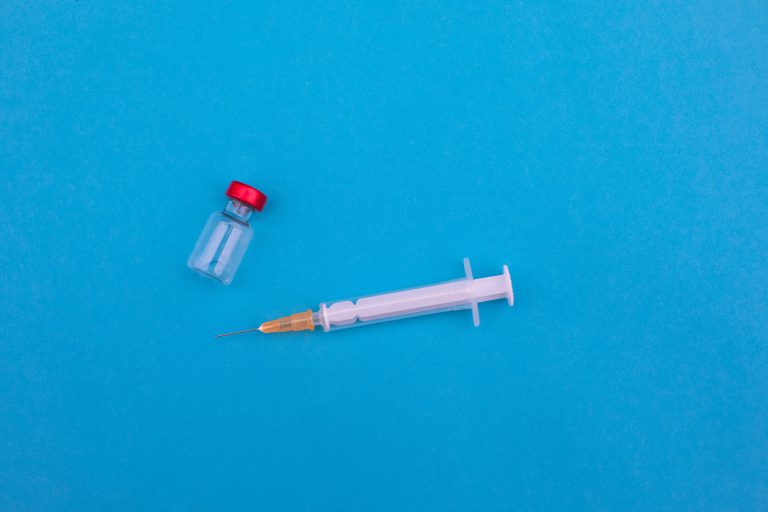As the fall approaches, yet another reality needs to be faced by the country—the re-opening of classes. Summer may have shielded hundreds of thousands of students from the virus during the summer, but schools all over the country now struggle to find ways to cope with the new normal. Without an official vaccine in sight, healthcare systems continue to operate under stress, businesses close permanently, and a global recession is set to hit.
Unfortunately, the educational system has not been spared. Debate on the physical opening of classes continues to be an issue, but administrators are adamant about continuing the re-opening of classes, choosing to operate on a “business as usual” route. While many remain opposed to the idea of operating normally, education is a pursuit that cannot be compromised.
This has prompted leaders to invest in equipment and plans needed to reduce the spread, as with extensive mitigation plans. All these are necessary for safety, but success relies solely on a difficult reality—changing student behaviors. This makes the new normal for educational systems a struggle to pursue.
The Current Reality
Professors and administrators alike have always struggled to get students to comply with various college rules and activities. From fire drills and safety standards to orientations and appointments, convincing students to attend and follow rules can prove to be a struggle for many college administrators. Oftentimes, even spoon-feeding the students with information does not suffice in getting them to act on what needs to be done.
Spreading information and awareness has its benefits, and educators may opt to target students in various ways and get them to make better decisions. They may seek the help of experts, hold speeches, or post on bulletin boards and social media platforms in an attempt to get to the students. While information sometimes does the job, it’s not always successful in guiding student behavior. Even with the best information being right at the palms of their hands, students can still engage in unwanted behaviors. This can prove to be quite dangerous, as reckless behaviors during the pandemic can carry many potential risks.
Education in the New Normal
From everything discussed, educators now plea on one crucial thing: do not rely on a single message. The power of redundancy is what will help students understand the need for a behavioral shift, especially since it is crucial to addressing the pandemic. Letting them understand the various ways in which they can help address the problem can be powerful, so allow them to wield that very power.
Masks and half-empty classrooms are well-worth pursuing, as with online classes and on-site health centers. Off-campus testing will also play an integral role in addressing possible cases, especially when it comes to regular screening of both students and faculties alike. Ultimately, however, behavioral change is the only way to successfully mitigate the coronavirus spread.
The idea of pursuing a normal college education may still look different from what students are used to, but with the right ideas, strategies, and services, educational institutions can help students build healthy habits to solidify the coronavirus battle plans.
For the fresh and latest medical news, Dose of Healthcare is the place to go. Browse through our content today and learn more.



















